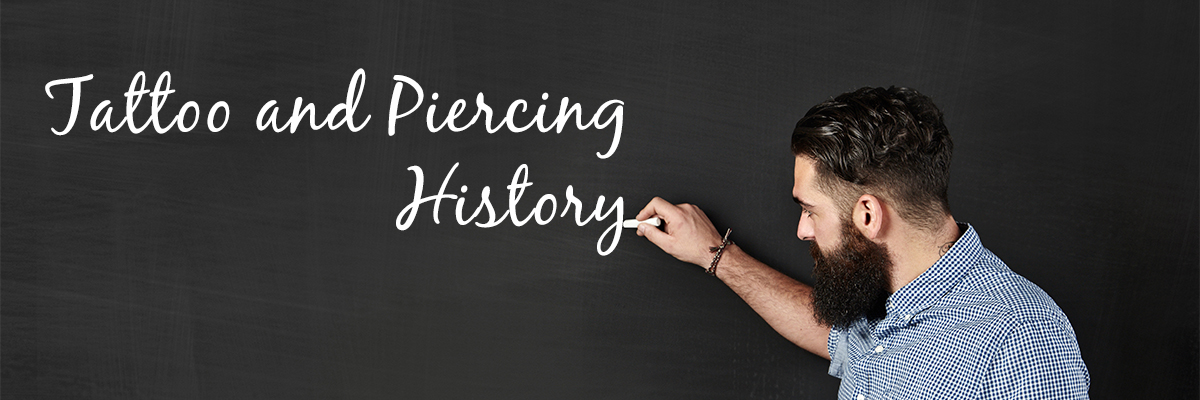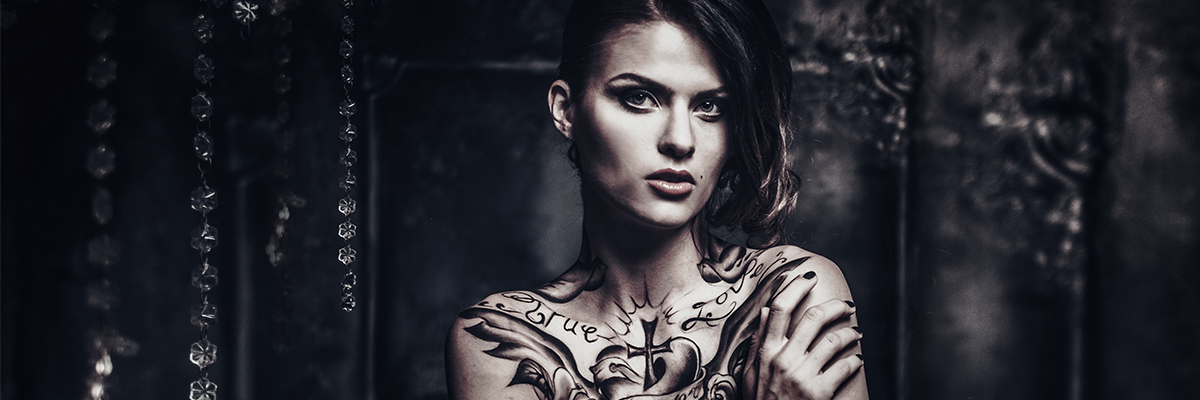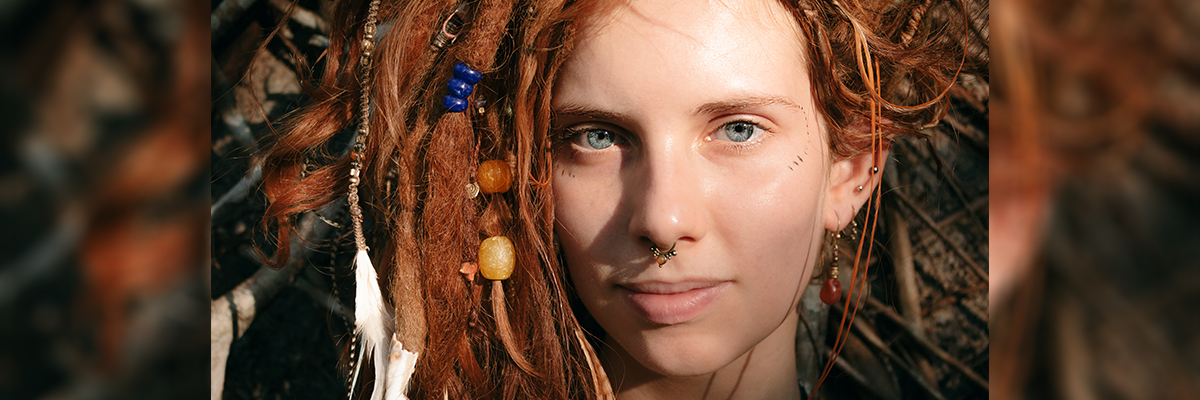Tattoo and Piercing History
Tattoo and Piercing History
Tattoos and piercings have been enjoying a boom in the last few decades. So much so that they almost seem to be a new idea that people have jumped on in droves.
This couldn’t be farther from the truth. Both tattoos and piercings have been in existence for decades and decades.
How did these come to be? Here is a brief tattoo and piercing history.
History of Tattoos
Both historical and ethnographic texts have suggested that almost all human cultures have practiced tattooing in historic times. However, for the longest time, it was believed that the earlier tattoos were from the Egyptians dating back to 2000 BC. Later on, a 1991 discovery revealed the Iceman, with tattoos, carbon-dated at around 5,200 years old.
Essentially, this tells us that this art form is centuries old.
From the 5th century, for example, ancient Greeks used tattoos to communicate among spies. Later on, the Romans used tattoos to mark criminals and slaves.
There is also evidence to show that the Inca, Maya, and Aztecs used tattoos in rituals and early Britons in ceremonies.
The Saxons, Danes, and Norse are known to have tattooed family crests on their bodies as well.
Europeans also used tattoos to indicate their desire for a Christian burial should they fail to return.
These tattoos were imprinted using different methods. One possible one is a sharp point attached to a wooden handle, as discovered at the site of Abydos. In addition, small bronze instruments that look like flattened wide needles were also found in Gurob. These are largely believed to be the instruments used in tattooing.
The results were diamonds or dotted patterns of lines. These were often done with black pigment, suspected to be soot.
History of Piercings
Just like tattoos, expanded ear piercings or stretched earlobes have been done for centuries. This is especially so for earlobes and the lower lip. Over the years, evidence of these has cropped up independently in very diverse locations. These have included Asia, the Amazon, North America, Africa, New Zealand, and Polynesia.
The oldest piercing is said to be over 5,000 years old. This mummified body had expanded earlobes (7-11mm diameter) and pierced ears.
The very first ear piercings discovered among primitive tribes are believed to have been for magical purposes. The tribes believed that evil spirits and demons would be driven away by metal. They, therefore, wore metal earrings to repel them.
On the other hand, sailors would get piercings to improve their eyesight. In addition, their earrings would pay for their burials if their bodies were to wash up on shore.
In other cultures, piercings were done by parents on their children in a ritual indicating puberty.
Some of the oldest piercings were found in Egypt, though there were some restrictions as well. For example, only the Pharaoh was allowed a navel piercing. Anyone else found to have one would be executed.
At around the same time, Mayans, Aztecs, and Indian Americans would pierce their tongues. This was a religious ritual believed to bring them closer to God.
Today…
Fast-forward to today, and tattoos and piercings have become commonplace, with a wide choice of body locations to have them. Luckily, we have more specialized tools to carry out the job today, and yes, a much wider array of unique, exquisite jewelry to accompany piercings.




